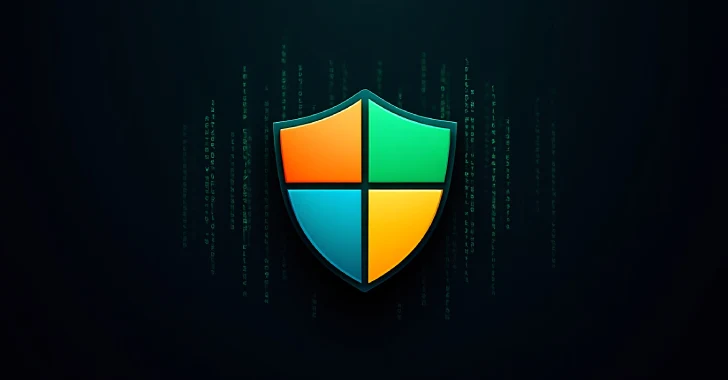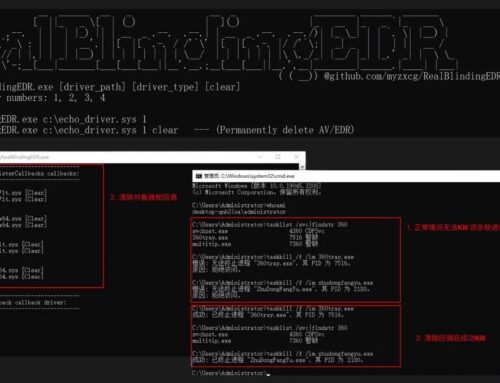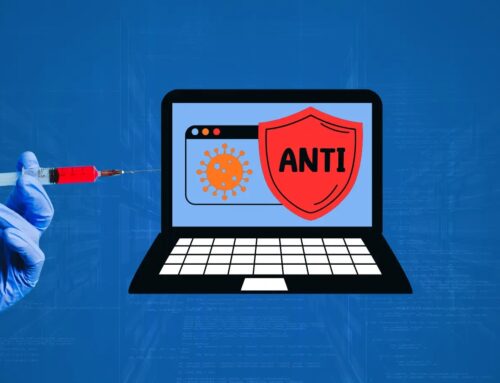
Microsoft August 2025 Patch Tuesday Fixes Kerberos Zero-Day Among 111 Total New Flaws
Microsoft August 2025 Patch Tuesday: A Critical Security Update Analysis
Microsoft’s August 2025 Patch Tuesday has delivered a substantial set of security fixes, addressing a staggering 111 vulnerabilities across its diverse software ecosystem. This release is particularly notable for patching a critical Kerberos zero-day vulnerability, alongside numerous other flaws that could pose significant risks to organizations worldwide. Staying ahead of these threats is paramount for maintaining robust cybersecurity posture.
The Scope of the August 2025 Updates
The August 2025 security rollout is comprehensive, targeting a wide array of Microsoft products and services. Of the 111 vulnerabilities addressed, a concerning 16 are rated Critical in severity, indicating potential for remote code execution, elevation of privilege, or denial of service with minimal user interaction. Another 92 vulnerabilities are classified as Important, highlighting widespread potential for impact. Two vulnerabilities are rated Moderate, and one is rated Low.
A significant proportion of these vulnerabilities—specifically 44—relate to privilege escalation, allowing attackers to gain elevated access within a compromised system. This underscores the critical importance of promptly applying these updates to mitigate internal threat vectors.
Focus on the Kerberos Zero-Day Vulnerability
A key highlight of this Patch Tuesday is the remediation of a Kerberos zero-day vulnerability that was publicly known at the time of the release. While specific CVE details for this vulnerability were not provided in the source, the public disclosure of such a critical authentication bypass flaw before a patch emphasizes the urgency of this update. Kerberos, being the default authentication protocol for Active Directory, is central to enterprise security. A vulnerability in this area could allow attackers to bypass authentication, impersonate legitimate users, or gain unauthorized access to network resources, leading to widespread compromise.
Understanding Vulnerability Severities and Impacts
- Critical Vulnerabilities (16): These flaws often represent the highest risk, potentially leading to remote code execution without user interaction, data breaches, or complete system compromise. Organizations should prioritize patching these immediately.
- Important Vulnerabilities (92): While not always as immediately exploitable as critical flaws, important vulnerabilities can still lead to significant impacts such as denial of service, information disclosure, or privilege escalation. These still require prompt attention.
- Moderate and Low Vulnerabilities (3): These typically have limited impact or higher complexity to exploit, but should still be addressed as part of a comprehensive patch management strategy to reduce the overall attack surface.
Remediation Actions for August 2025 Patch Tuesday
Given the breadth and severity of the vulnerabilities addressed in this Patch Tuesday, immediate action is crucial. Organizations should follow a structured approach to ensure effective remediation:
- Prioritize Critical Updates: Focus first on deploying patches for the 16 critical vulnerabilities and any publicly known zero-day flaws, such as the Kerberos vulnerability.
- Comprehensive Patch Deployment: Implement a robust patch management strategy to deploy all 111 fixes across your entire Microsoft software portfolio. This includes operating systems, Office applications, server products, and development tools.
- Reboot Systems: Many patches, especially those affecting core system components, require a system reboot to take full effect. Plan maintenance windows accordingly.
- Verify Patch Installation: After deployment, verify that patches have been successfully installed on all targeted systems. Utilize automated tools for this purpose.
- Monitor Logs and Network Traffic: Post-patching, continue to monitor system logs and network traffic for any anomalous activity that might indicate a failed patch or a pre-existing compromise attempting to exploit now-closed vulnerabilities.
- Educate Users: While patches secure systems, user awareness remains a vital layer of defense. Remind users about phishing attempts and suspicious links.
Tools for Vulnerability Management and Remediation
Effective management of these updates requires reliable tools for assessment, deployment, and verification.
| Tool Name | Purpose | Link |
|---|---|---|
| Microsoft Endpoint Configuration Manager (MECM) | Comprehensive patch deployment and system management for enterprises. | https://learn.microsoft.com/en-us/mem/configmgr/ |
| Windows Server Update Services (WSUS) | Manages and distributes Microsoft product updates to computers in a network. | https://learn.microsoft.com/en-us/windows-server/get-started/whats-new-in-wsus |
| Nessus/Tenable.io | Vulnerability scanning and assessment to identify missing patches and security misconfigurations. | https://www.tenable.com/products/nessus |
| Qualys VMDR | Integrated vulnerability management, detection, and response platform. | https://www.qualys.com/security-solutions/vulnerability-management-detection-response/ |
| OpenVAS | Open-source vulnerability scanner for identifying security flaws. | https://www.greenbone.net/en/community-edition/ |
Looking Ahead: Proactive Security Measures
While Patch Tuesday provides a critical opportunity to address known vulnerabilities, a proactive security strategy extends beyond reactive patching. Organizations should invest in:
- Vulnerability Management Programs: Regularly scan for vulnerabilities, prioritize remediation based on risk, and track progress.
- Principle of Least Privilege: Implement and enforce the principle of least privilege for all users and services to minimize the impact of successful breaches.
- Network Segmentation: Segment networks to contain potential breaches and limit lateral movement by attackers.
- Incident Response Plan: Develop and regularly exercise an incident response plan to effectively manage and recover from security incidents.
- Security Awareness Training: Continuously train employees on cybersecurity best practices to recognize and avoid social engineering and other common attack vectors.
Conclusion
Microsoft’s August 2025 Patch Tuesday is a significant security event, delivering crucial fixes for a wide range of vulnerabilities, including a publicly known Kerberos zero-day. The sheer volume of 111 patches, with 16 rated Critical, underscores the continuous efforts required to maintain a secure digital environment. Prompt and comprehensive application of these updates, coupled with ongoing proactive security measures, is essential for protecting organizational assets from sophisticated cyber threats.





